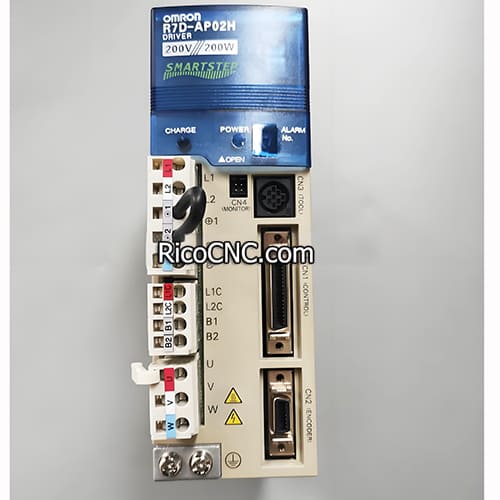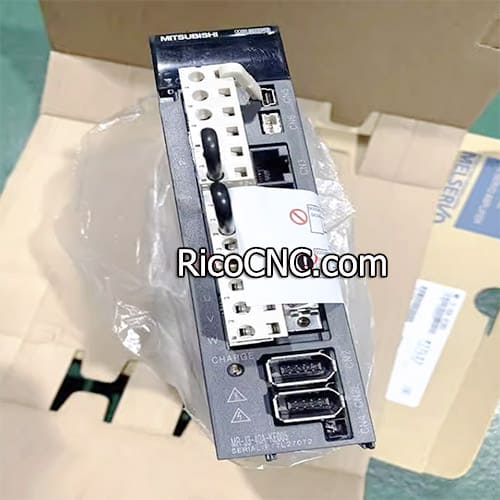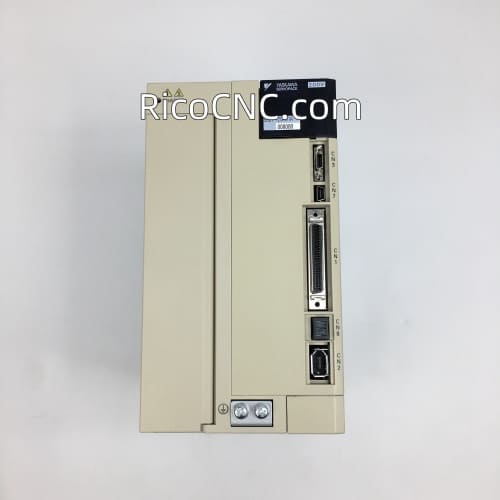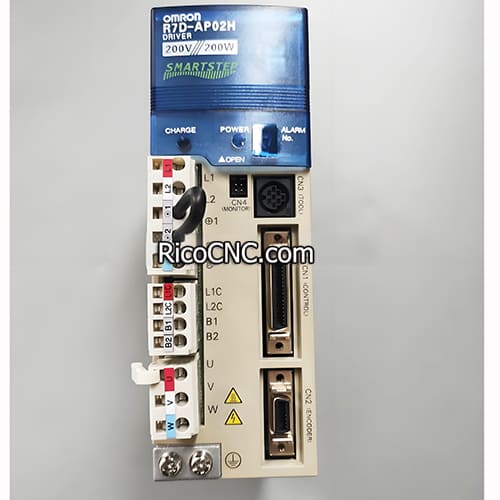

Servo Drives and VFDs are both used in machines to drive motors and control motion. Do you know when we can use servo drives and when we can use VFDs?
Servo systems are now well-known for their use in CNC machining, robotics, and factory automation. A servo drive is an integral part of a servo system that consists of a motor, a controller, a feedback device, and of course – a servo drive. Simply put, a servo drive is a part of the servo system that receives a particular command from a control system, amplifies it, and transmits the current to a servo motor in the system. The servo motor produces a motion, tailored to the command it has received. A defining characteristic of servo systems is that they use feedback to achieve precision and accuracy.
VFDs are also known by other names such as AC drive, adjustable-frequency drive, inverter, and microdrive. A Variable-Frequency Drive is also a motor controller but works in a different way than a servo drive. The VFD is a type of motor controller that works in conjunction with an electric motor by varying the variables such as voltage and frequency supplied to the electric motor. While a servo drive needs a command signal given to the motor in order to compare the real and desired position of the motor, a VFD directly controls the voltage and frequency supplied to the motor. They don't use feedback on the motor so the velocity control is open loop. This means VFDs won't compensate if there's a stall or if the load changes, resulting in velocity control that isn't as precise as with servos.

How to Choose a Servo Drive vs a VFD
The first main thing that differentiates Servo Drives from VFDs is the encoder. While Servo Drives can’t work without an encoder for electronic commutation, a VFD can work perfectly fine without it. Servo controllers are versatile in the sense that they can easily work with complex paths, speeds, and variable loads. Servo controllers are able to produce multi-axis moves and maintain the position across complex paths. Servo systems generally cost more than VFD systems because a lot of the cost comes from the servo motor. Servo motors use permanent magnets, which add to the material and manufacturing costs vs induction motors. Additionally, the servo drives oftentimes cost more than VFDs because they have more features.
Application of servo drives: Servo drives are definitely the choice in applications like robot arms when coordinated motion is needed between multiple axes. Or when rapid acceleration and deceleration are needed, for example, with pick-and-place gantries.
Variable-Frequency Drives are used for reducing energy consumption thus reducing the energy costs of an electric motor. These motors proved to be very good when it comes to tight process control and are used everywhere from small appliances to large electronic systems for controlling electric motors.
Application of VFDs: VFDs are the obvious choice for conveyor belts when the velocity needs to be set to a certain speed. Or with hydraulic pumps and air blowers. Or with some electric vehicles, where precise control is not a requirement. VFD is aimed at reducing energy consumption and extending the equipment life, which is superior to Servo Drives. Many electric-motor systems that use VFD usually see great improvements and energy savings.
In total, servo drives possess enormous computational speed and are able to swiftly accelerate and decelerate the motor. VFDs come with energy-saving capabilities that many electrical systems need.

RicoCNC also supply:
MR-J3-40A-KE005 AC Servo Drive MITSUBISHI MELSERVO J3 Series Servo Amplifier
SGDV-120A01A008000 Yaskawa Servo Drive SGDV Sigma V Series
R7D-AP02H OMRON AC Servo Driver Servo Amplifier
Welcome your inquiry.















